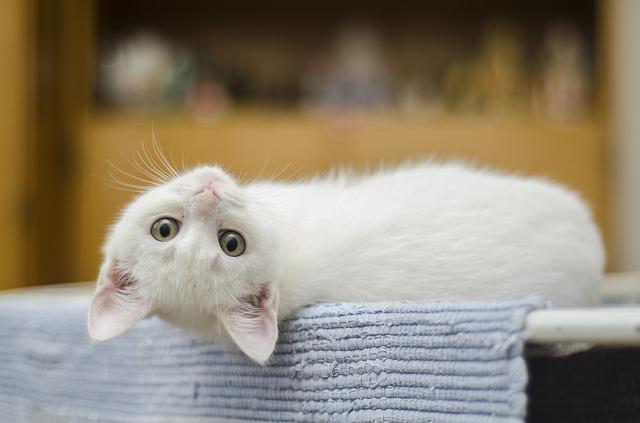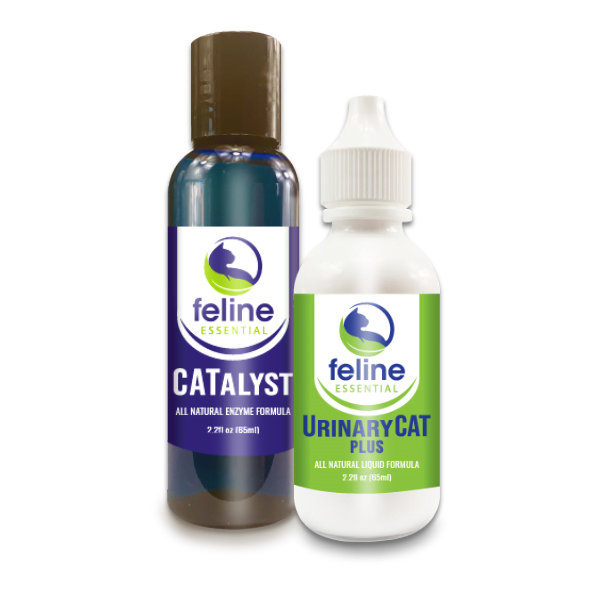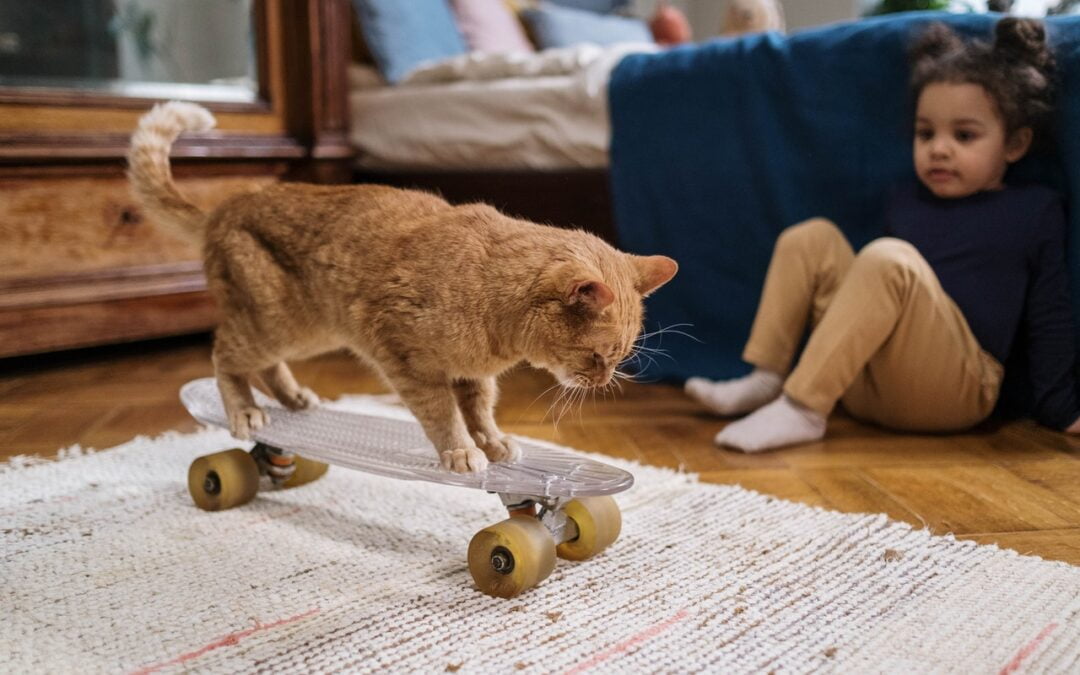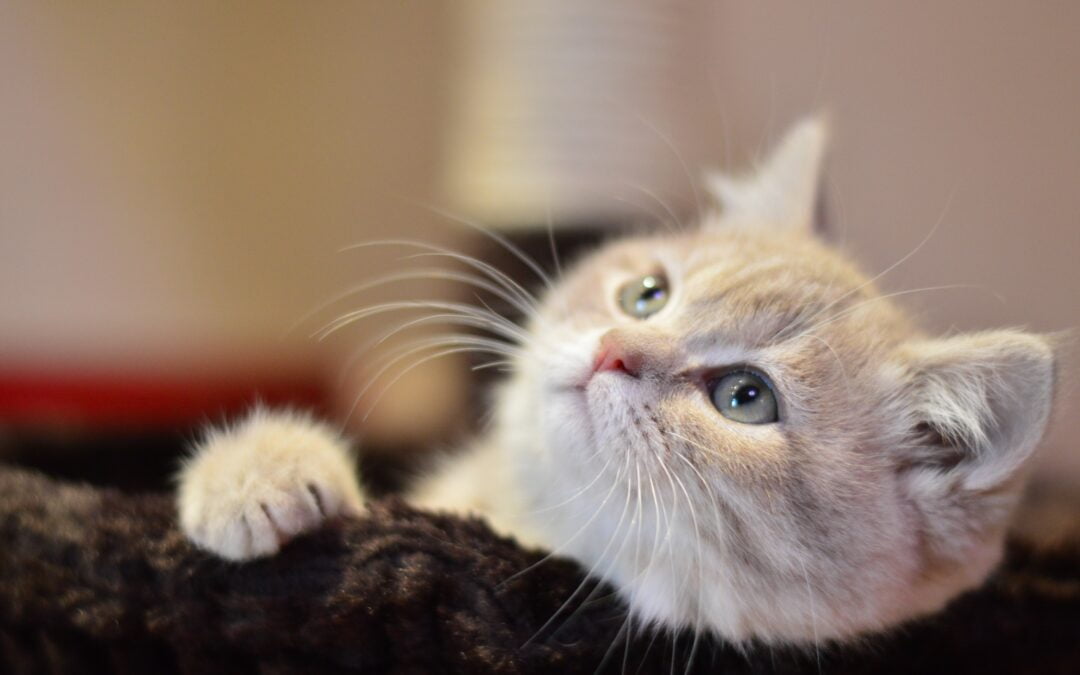
by Margejane | Cat Behaviors
There are many essential behavioral characteristics possessed by cats, one of which is rolling. It is very important to note that when a cat rolls, it practically tells a lot about their interaction with humans as well as their surroundings.
Creating Human-Feline Bond
Seeking attention is one of the key characteristics that can get your cat rolling on its back. If your cat flips on your feet or in front of you it is a clear indication that it needs some attention. Anytime your cat exhibits such behavior of rolling on your feet, top of its back, or the floor it really means that quality time should be spent with the cat.
Giving a positive response to your cat’s behavior pays by creating an organized relationship between you and the cat. Cats are always familiar with a continuous routine, so once your cat becomes comfortable with the established pattern, it becomes a routine.
Security and Comfort
It is also interesting to note that when cats roll it means that they are much more secure with you around them, a cat will never roll on its back in your presence unless they feel very much comfortable, safe, and secure. If your cats roll in front of you, it shows that the cat trusts you well enough to be around you, and it shows a very great sense of security which helps in increasing the opportunity for both of you to bond.
Mating
Mating is one of the essential behaviors that makes a cat roll on its back, specifically female cats will roll and rub their bodies on things when they are in heat. This simple act automatically sends a signal to the male cat that the sexual hormone of the female cat is fully active for mating. After mating, the queen [female cat] tends to quickly roll on the floor in order to clean the part of her body that was touched by the male cat.
Marking Territory
Cats are also responsible for marking territory by rolling on the ground. This whole process is done when a cat emits a scent that helps the cat keep away from other cats as well as possible enemies, so when the cat wants to protect its territory they do it by rubbing its whole body on the floor in other to induce a smell that will deter other felines from crossing its territorial zone.
It is best to note that for a cat to roll on the floor, your feet, or on something else there is always a behavioral response either to a human being or its surrounding.

by Margejane | Cat Behaviors
Summer is here and it’s HOT outside! Air conditioners are going out left and right because they are overworking themselves in this heat.
We know what to do to cool ourselves off if need be, but if your cat gets too hot it can be dangerous.
Cats can overheat too. Some signs that your cat may be too hot are panting, restlessness, vocalizing, rapid heartbeat, and lethargy. If your kitty is exposed to extreme heat, here are some tips on how to help her cool down.
Read Also: How To Remove Cat Urine Smell From Fabric
What To Do If Your Cat Gets Too Hot
1. Put ice in the water bowl. While room temperature water is best for both people and cats, if your cat’s home is too hot then the water
most likely is as well. Adding ice to the water will help cool it down and encourage your kitty to hydrate during extreme heat situations.
Hydration is very important, so ice in the water is important. If you have outdoor cats, be sure to put the water dish in the shade, so as
to keep the water cooler longer.
2. Make dark cooler spaces for your cats to go to around the house. If you can put a box in the closet or a dark place in the house, this will
be a cool, safe escape for your kitty to go to for peaceful rest. A blue towel or blanket also encourages cooling temperatures according
to color therapy.
3. Wrap frozen items in a towel and place them near where your cat sleeps. This is especially helpful for those without air conditioning. In fact,
it’s the old-school air conditioning style for those of us who didn’t have AC growing up. Freezing water bottles work great for this, as
they stay frozen for quite some time.
4. Use a cool damp cloth and wipe down your kitty if he’s too hot. This is actually a great tip for you too. A cool damp cloth can feel like air
conditioning, especially if you have a fan running.
During the summer months, we want to do the best we can at keeping our cats comfortable. Even though kitties prefer a warmer
temperature than most humans, they too can get too hot sometimes. Following the above steps will help ensure a happier and healthier
cat!
See: The 5 Best Cat Fountains in 2021
Source: Twocrazycatladies

by Margejane | Cat Behaviors
If you’re a cat parent you’ve probably experienced your cat doing the nasty deed of “going” outside the box. Over the years of working
with pets, I have met many people with cats urinating on towels or dirty laundry. Another one of the popular places for cats to “go” is on
the rug in front of your shower. The nice thing is (if there is a nice thing to this scenario) these can be thrown in the washer to eliminate
the cat urine smell.
Get Rid Of The Cat Urine Smell
But what if your kitty decides to go on the couch cushion, sprays on the side of a chair, or goes in the middle of your carpet? No worries,
we’re here for you. If your cat pees on something that you can’t just throw into the washer, we have a few simple steps to resolve this
issue.
- For fabric, while the area is still wet try to absorb as much of the pee as you can.
- Re-soak the area with water and again absorb as much moisture as possible.
- Apply an enzymatic cleaner to the area allowing it to soak in and completely dry to fully remove the smell
So don’t worry if your home is smelling like cat pee right now. With these simple steps, you can get that smell out and have a fresh home
again in no time. Remember, if your cat is peeing outside the box the first thing we want to do is get them checked by a vet. Inappropriate elimination is
often your furry friend trying to tell you something is not right.
Six Top Recommended Cat Foods for your pet today
If this is a behavioral issue and not a medical issue, please click here to find helpful ways to get your kitties going back in the box!
RECOMMENDED PRODUCT FOR CAT URINARY ISSUES
Urinary Tract Support Kit


by Margejane | Cat Behaviors, Featured
Cats have a long history of improving people’s moods and brightening their days, which also appears to be true for children with autism, new research published in the Journal of Pediatric Nursing has revealed.
The small study suggests that adopting a shelter cat may help reduce separation anxiety and improve empathy in children with an autism spectrum disorder (ASD).
“Cats and pets in general, offer unconditional acceptance and someone to talk to and to be heard with. And caring for an animal can help them learn to be responsible, “said Gretchen Carlisle, study author and scientific researcher at the Research Center for Human-Animal Interaction at the University of Missouri in Columbia, United States.
ASD is a brain disorder that affects social skills, communication, and impulse control. In the United States alone, it affects one in 54 children, according to the Centers for Disease Control and Prevention (CDC) in that country.
The new work included 11 families who had children with autism between the ages of 6 and 14. The families were followed for 18 weeks after adopting a shelter cat. The researchers used standardized social skills and anxiety scales to choose the children who were likely to respond well to a pet. The cats were also evaluated for temperament.
In general, parents reported an instant bond between child and cat, and the bond remained strong over time, even with the added responsibility of caring for the pet.
The researchers found that the children’s separation anxiety, bullying, and hyperactivity decreased over the study period and they showed more empathy after adopting the cat. Most of the families kept the animal after the study ended.
Carlisle stressed that it’s not that cats are a better choice than dogs, but feline companions may be particularly suitable for some children with autism and their families.
“Many children with autism have sensory issues and when a dog barks in your face it can be really overwhelming, whereas cats just sit next to you and are less overwhelming from a sensory point of view,” he explained.
Cats can also be much easier to care for, especially for parents of children with autism who already carry a heavy load of responsibilities and stress, Carlisle said.
However, he added that the right combination is key.
“We specifically selected cats from 10 months to 4 years because there is previous documentation that younger cats are more sociable with children with autism, and adult temperament tends to establish at 10 months in these animals, so as young as 10 months old, cats already have the adult temperament,” Carlisle explained.
Several autism experts agree that adopting a pet can have benefits for children with autism and their families, always taking into account the information mentioned above. If you have a daughter or son with autism and you have more questions, consult a specialist in the field.

by Margejane | Cat Behaviors
I know, I know…This is a topic that we cat lovers don’t like to think about, but by educating ourselves this may in turn actually help us to extend the life expectancy of our cats.
To begin with – indoor cats’ average life span can be 17 or more years, while an outdoor cat’s averages 2-5 years. I know that some of you reading this will think, “oh, but my cat is used to being outdoors.” So I have some questions for you – is your cat neutered? If not, he/she will do everything they can when in heat to get to another cat to mate with.
Even if kitty is neutered, the lure of the outdoors is great for many cats. Just remember, you’re the boss, not a kitty. I’d be rich if I had a nickel for every Facebook post I’ve read where a cat owner is crying because their outdoor cat was hit by a car, severely injured or killed by another animal or human – I’ve even read posts about cats being shot. It’s a dangerous world, especially so for outdoor cats.
If you’re now convinced your outdoor cat needs to be indoors so he/she can enjoy a long life expectancy of housecats, here are some ways to help make the transition from outdoor to indoor cats.
This is a good thing – your cat can now have the same lifespan of house cats! The trick is to make the indoors as much fun as the outdoors.
- If your cat has always been an outdoor cat, introduce a litter box and scratching post (preferably rubbed with catnip leaves or sprayed with liquid catnip spray) before the transition to indoor life.
- Feed kitty indoors only, then keep your cat indoors for increasing amounts of time.
- If your cat tries to run out, rattle a jar of coins or squirt the cat with a water gun.
- If it is wintertime, introduce your cat to his own nice, warm bed.
- Never ever hit or yell at your cat – you will only succeed in frightening him.
- Distract kitty from trying to get outside by throwing a favorite treat away from the door.
- Give your cat some interactive toys, a kitty jungle gym or a cat tree. If possible buy a cat perch so kitty can sit comfortably and look out the window.
Now that we’ve talked about a good way to give kitty an indoor cat’s lifespan, I’d like to go over a few other things that affect your cat ‘s lifespan. The most common cause of death in senior cats is kidney failure, cancer and disease such as FIV (feline immunodeficiency virus). Another one is hyperthyroidism and the conditions that it can cause – inflammatory bowel disease, arthritis, diabetes, hypertension, and dental disease. There are other common diseases such as FeLV (feline leukemia virus, heartworm, high-rise syndrome, rabies, and ringworm.
Here’s a list of the life expectancy for these cat diseases:
- Kidney disease (stage III) – as long as 5.75 years. When the disease progresses to stage IV survival is only about one month. Regular infusions and special diet food can often help your cat’s life expectancy.
- Cancer – without treatment, two months. With treatment, cats can live up to a year or longer.
- FIV (feline immunodeficiency virus) – an indoor well cared for FIV positive cat can live as long as 12 years, depending on how well they avoid secondary infection.
- Feline leukemia (FeLV ) – cats may live a long time after diagnosis, even 10-15 years until the virus becomes active.
- Hyperthyroidism – treated (which can be with oral medication or radiation) the life expectancy can be 3-5 years. Untreated hyperthyroidism can cause serious, potentially fatal heart problems.
- Diabetes — the majority of cats are insulin-dependent by the time they are diagnosed. The good news is that these cats can enjoy a normal lifespan if their diabetes is treated properly.
- Arthritis — thanks to modern veterinary medicine, arthritic cats can live long lives, even up to 15 to 20 years.
- Inflammatory bowel disease — this can cause painful cramping. It can’t be cured but it can be managed. Lifespan depends on the severity and complexity of the condition.
- Heartworm – heartworm in cats is often misdiagnosed as asthma. Unfortunately, there’s no current treatment and it may be fatal without any warning.
- Ringworm — this condition is contagious for 3 weeks with aggressive treatment. Proper treatment is imperative. Treatments include lime dipping (is a sulfurated lime solution that kills mites and also works against fungi and bacteria) plus oral antifungal cream and bathing with an antifungal shampoo.
- High-rise syndrome – this refers to cats falling from higher than two stories, generally from high-rise buildings or skyscrapers.
- Rabies – this disease can take months to develop. Sadly cats may only live a few days after clinical signs appear. However, rabies in cats is extremely rare, and there hasn’t been a cat to human rabies transmission in the past 40 years.
I hope this information proves both interesting and informative. Let’s all do our best to take good care of our precious felines and love them for as long as we have them.

by Margejane | Cat Behaviors, Cat Food & Treats, Cat Health
So you’re thinking your cat is overweight. But how (unless he is obviously quite fat) to be sure? By taking a BCS, or Body Condition Score. A BCS is a number assigned to a cat’s body type ranging from 1-9, with 1 being very underweight and 9 being very overweight. The ideal weight is around 5, which is the healthiest cat weight.
If your cat is at the ideal weight (5) – your cat should have a well-proportioned body; you can see the waist behind the ribs; you’ll be able to feel the ribs but they have a slight covering of fat. There should be a little paunch of abdominal fat. Now, if your cat is overweight, meaning a BCS of 6-9, you can feel his ribs but they have excess fat covering. The waist and tummy fat pad can be noticed, but it’s not obvious. There’s no abdominal tuck. In an even more obese cat, the ribs cannot be felt and have excess fat covering. You can’t see the waist and the stomach is round with prominent tummy fat. The back has extra fat also. At the most extreme, kitty’s ribs and lumbar area are covered under a heavy fat covering. There’s also heavy fat deposits on the face and limbs The abdomen’s distended and covered in fat and you can’t see the waist – kitty’s too fat to have one.
ASSESS YOUR CAT STEP-BY-STEP
Here’s how to examine your cat thoroughly:
- Feel the ribs – see how easy it is to feel your cat’s ribs. If your cat is at the proper weight it will feel like feeling pencils in a pocket.
- Check kitty’s waist – an overweight cat does not have an hourglass shape – you’ll feel it when you run your hands along your cat’s ribs – they should tuck in when your hands reach the end of the ribs and come to the waist.
- Look at the side view – when you look at your cat from the side, kitty’s stomach should tuck up back towards the hind legs.
HELPING YOUR CAT LOSE WEIGHT
It’s estimated that 50% of cats in America are overweight. An overweight cat is more susceptible to diabetes, many types of cancer, heart disease, hypertension, osteoarthritis, bladder stones, etc.
It’s a slow and gradual process to get your cat back to a healthy weight. Losing weight too quickly is unhealthy and can be dangerous.
The following are some ways to help kitty lose weight:
- Measure kitty’s food so you know exactly how much kitty is eating. Calculate how much your cat is eating now and make a note of it. Keep a record of the amounts as you gradually reduce the amount of food you feed kitty (no more than 10% – 20% per month.)
- Feed your cat several small meals throughout the day. Your kitty will feel less deprived that way even though you’re gradually decreasing the amount of food he’s eating.
- Cats need a more natural diet – high moisture, high protein, and low carbohydrate. Most of the commercial kibble is not healthy. Try to transition your cat to wet or freeze-dried foods. There are some cats that seem to do better on a low calorie, high fiber weight loss diet. Your veterinarian can help determine what’s best for your kitty. Also, ask your vet about supplementing your cat’s food with L-carnitine, an amino acid that can help kitty lose weight faster while gaining lean muscle mass.
- More exercise – get some great interactive cat toys and spend time playing with the kitty a few times a day.
NOTE: You only want your cat to lose 3% – 4% of total weight per month, equivalent to one pound a month for a 20 pound cat. Keep a record of kitty’s weight (weigh every week or 10 days) and then sustain that weight loss by continuing the healthy food regimen.
In closing, helping your cat lose the weight it needs to lose can add years of a healthy life, and helping in the weight loss journey is well worth the effort!








Recent Comments